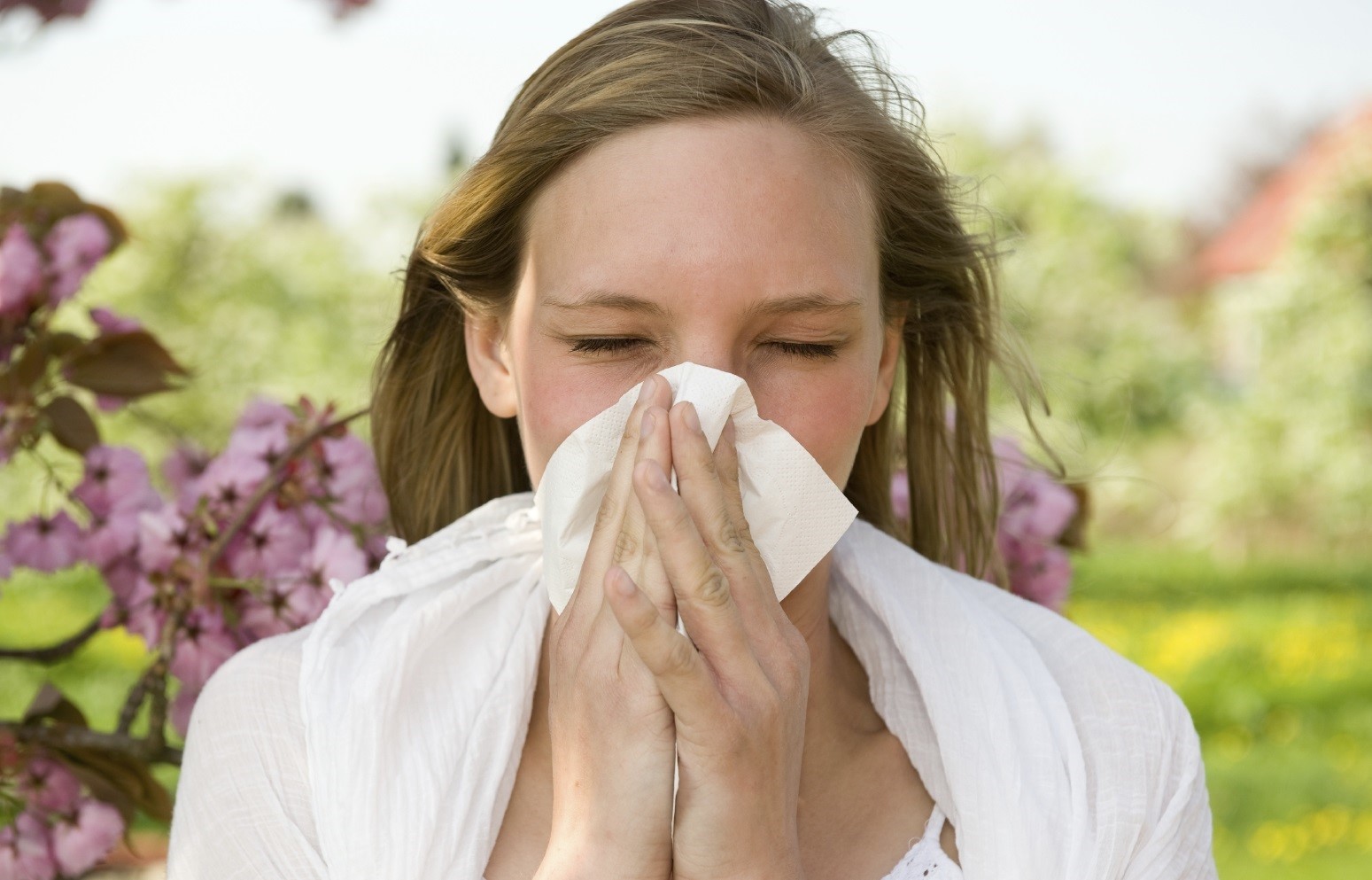
WE all know about the roadside swab test kit, introduced to catch drivers under the influence of drugs, but it seems people shouldn’t just be worried about illegal substances affecting their driving.
With hay-fever season kicking off, the number of people taking antihistamines and allergy medication is set to rocket, and these all have the potential to hugely impair your driving skills, too.
New research from Confused.com has found many drivers are oblivious to how dangerous it can be to dose up on allergy medication before hopping in the car.
Yes, the remedies will stop you sneezing behind the wheel, but they can also make you drowsy and affect your awareness and reaction times.
According to the study, 34% of Brits claim to suffer from hay fever, while nearly two-thirds of those people (64%) admit to driving after taking medication.
However, more than one in seven drivers (15%) who have hay fever admit to not reading dosage guidelines and packet advice on their allergy medication.
Amanda Stretton, motoring editor at Confused.com, says: “The level of awareness among drivers around how certain medications can affect a person’s driving ability is an area for concern.
“This is particularly alarming during hay-fever season.
“More than a third (34%) admit to suffering from the ailment and, understandably, many resort to taking medication to help combat the symptoms.
“Yet those who choose to do so need to be highly aware of the potential risks of drowsiness and reduced concentration levels while they’re driving.”
Common side effects of antihistamines include drowsiness, lethargy and blurry vision, as well as impaired concentration.
According to Confused.com’s survey, one in 15 motorists (7%) with hay fever admit their driving has been impaired after taking medication, and 4% of these people have had an accident as a result.
Amanda says: “Our advice is simple. Before taking any medication, people should always read the safety leaflet or ask a pharmacist before taking to the road.
“If anyone is at all unsure, they should err on the side of caution and avoid driving at all costs.”

Enjoy the convenience of having The Sunday Post delivered as a digital ePaper straight to your smartphone, tablet or computer.
Subscribe for only £5.49 a month and enjoy all the benefits of the printed paper as a digital replica.
Subscribe